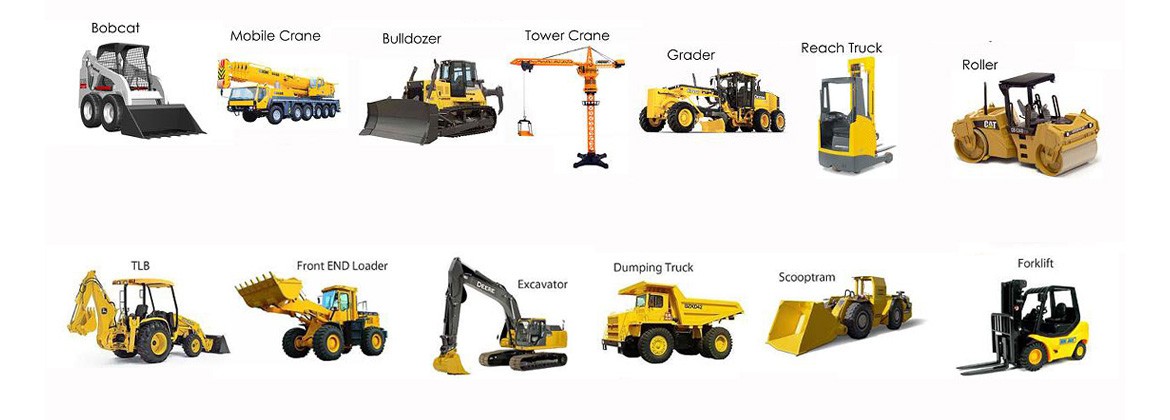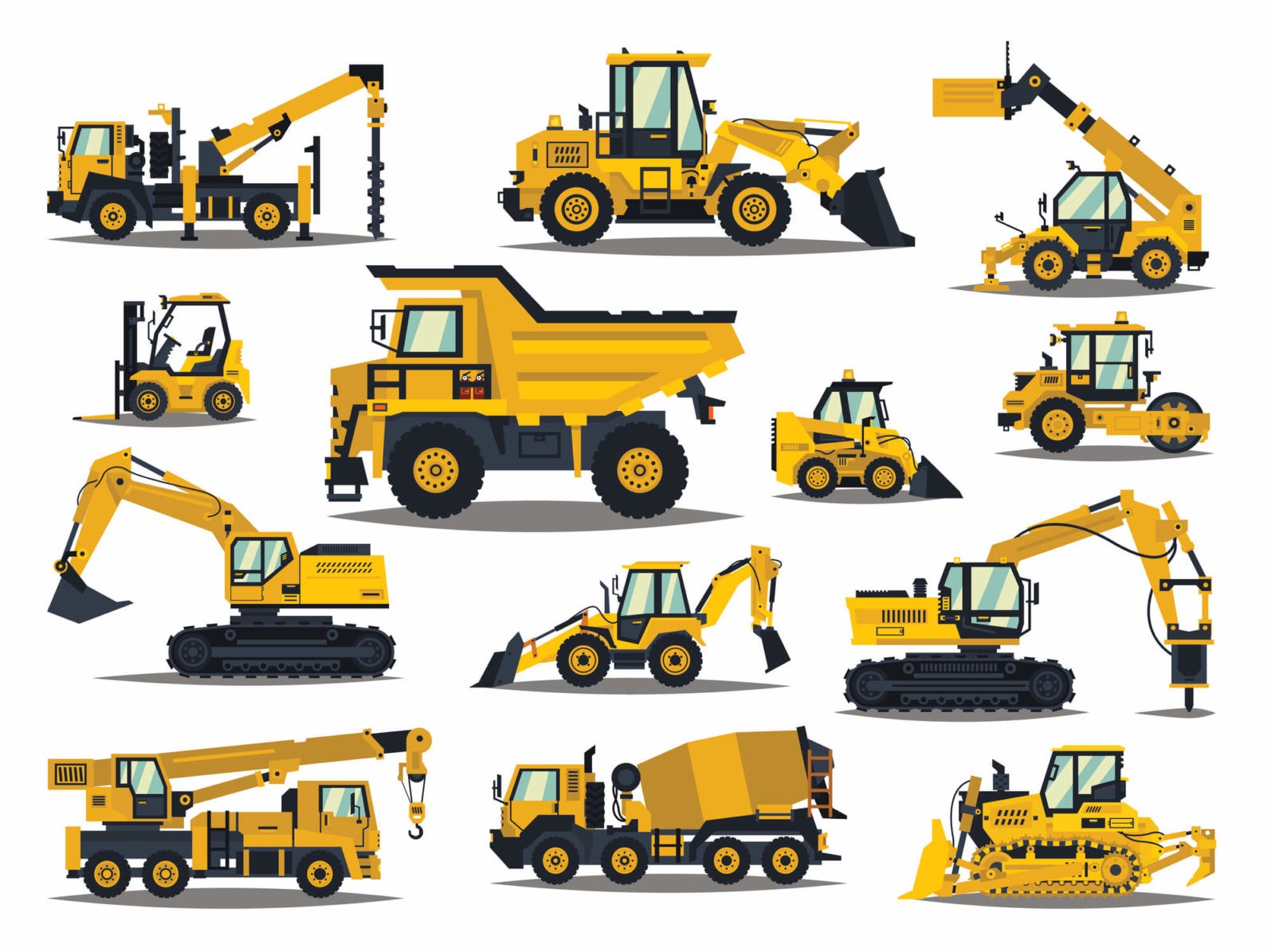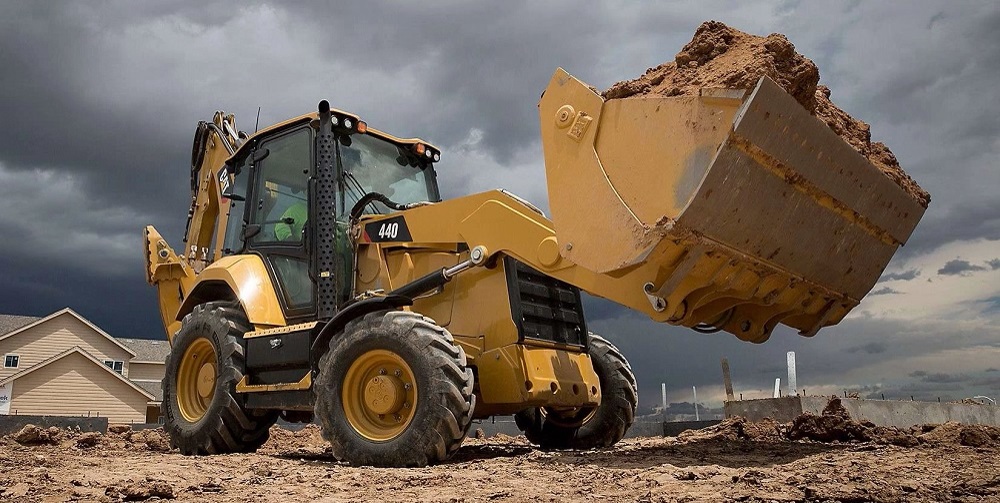Scissor Lift Rental: Safe and Efficient Solutions
Wiki Article
Renting Out Vs. Buying Building And Construction Tools: Making the Right Option for Your Project
When beginning on a construction job, one of the important choices that forecast supervisors and stakeholders encounter is whether to get or lease construction tools. Both alternatives have their downsides and advantages, making the option a pivotal one in the project preparation process. The decision hinges on various variables such as cost factors to consider, job period, equipment upkeep, adaptability, scalability, and threat management. Each component plays an essential duty in identifying the most suitable path for the task's tools demands. scissor lift rental. Allow's discover these variables additionally to comprehend exactly how they affect the decision-making procedure and eventually the success of the job.Expense Considerations
When assessing the monetary facet of buying versus leasing building and construction equipment, the in advance costs and lasting expenditures should be carefully thought about. Leasing equipment frequently needs lower first settlements contrasted to buying, making it an attractive choice for short-term projects or professionals with budget plan constraints. Leasing gets rid of the requirement for big capital expenses and decreases the financial risk connected with equipment ownership, such as upkeep and depreciation expenses. Nonetheless, in the future, constantly leasing equipment can accumulate higher expenses than acquiring, particularly for extended projects.On the various other hand, buying construction equipment includes greater upfront expenses yet can result in lasting cost savings, specifically for lasting tasks or frequent individuals. Inevitably, the choice between getting and renting construction devices hinges on the task's duration, frequency of use, budget factors to consider, and long-lasting monetary goals.
Task Duration

Alternatively, for long-lasting projects or recurring construction work, buying devices might be the more cost-effective alternative. Purchasing equipment can result in set you back financial savings in the future, particularly if the tools will be regularly used. Additionally, having devices gives a sense of control over its accessibility and enables modification to fit particular task needs.

Devices Upkeep
Provided the vital function project period plays in establishing the most cost-effective technique in between acquiring and renting building equipment, the focus now moves in the direction of analyzing the necessary facet of equipment upkeep. Appropriate maintenance is important for making sure the ideal efficiency and long life of construction equipment. Leasing tools frequently includes the advantage of having actually properly maintained machinery given by the rental business. This can alleviate the worry of upkeep tasks from the job proprietor or service provider, saving effort and time. On the various other hand, having tools needs a proactive method to upkeep to stop failures, guarantee safety, and extend the tools's lifespan. Regular inspections, servicing, and timely repair services are required to maintain owned devices in top working problem. Consider upkeep prices when deciding between acquiring and leasing, as disregarding upkeep can result in expensive repair services, downtime, and project delays. Inevitably, a well-maintained construction tools fleet, whether leased or owned, is crucial for the effective and effective conclusion of building and construction projects.Flexibility and Scalability
In the realm of building and construction tools monitoring, the aspect of versatility and scalability holds considerable significance for job effectiveness and resource usage. Opting to rent out construction equipment provides a high degree of versatility as it enables the quick modification of equipment kinds and quantities based on the evolving needs of a task. Renting makes it possible for specialists to access a variety of specific equipment that might be required for certain jobs without the long-lasting commitment of possession. This versatility is particularly beneficial for jobs with differing demands or unpredictable periods (mini excavator rental).In addition, scalability, another crucial element, is naturally connected to adaptability. Renting out building tools supplies the advantage of conveniently scaling operations up or down as task demands rise and fall. Specialists can promptly trade or add equipment to match the task's changing needs without the constraints of possessing properties that might become underutilized or obsolete. This capability to range sources efficiently can lead to cost savings and improved task timelines, making renting a favorable choice for jobs needing flexibility and responsive source allotment.
Threat Administration
Effective threat monitoring in construction equipment procedures is critical to making sure project success and mitigating possible financial losses. Building jobs inherently include various threats, such as equipment breakdowns, accidents, and project hold-ups, which can considerably affect the task timeline and spending plan. By very carefully taking into consideration the dangers connected with owning or renting building tools, project managers can make informed choices to lessen these prospective hazards.Renting building and construction tools can use a degree of danger reduction by transferring the obligation of maintenance and fixings to the rental firm. This can lower the economic problem on the project proprietor in situation of unforeseen devices failings (heavy equipment rental). Furthermore, renting out gives the adaptability to gain access to customized devices for details project stages, minimizing the danger of having underutilized machinery
On the various other hand, possessing building devices offers a sense of control over its use and upkeep. However, this additionally means bearing the full duty for repair services, upkeep expenses, and depreciation, increasing the financial risks related to equipment possession. Cautious threat evaluation and factor to consider of factors such as job period, equipment usage, and maintenance demands are crucial in determining one of the most suitable option for reliable danger administration in building and construction tasks.
Conclusion
In verdict, when choosing in between purchasing and renting out building and construction equipment, it is very important to take into consideration cost, project period, devices upkeep, adaptability, scalability, and risk management. Each variable plays an important duty in establishing the most appropriate alternative for the job handy. By carefully assessing these facets, project supervisors can make an informed decision that aligns with their budget plan, timeline, and general job objectives.
Report this wiki page